The last case of indigenous polio in the Western Hemisphere occurred in a 5-year-old boy, Luis Fermin Tenorio, in Pichanaqui, Peru
In 1991, the last case of indigenous polio in the Western Hemisphere occurred in a 5-year-old boy, Luis…
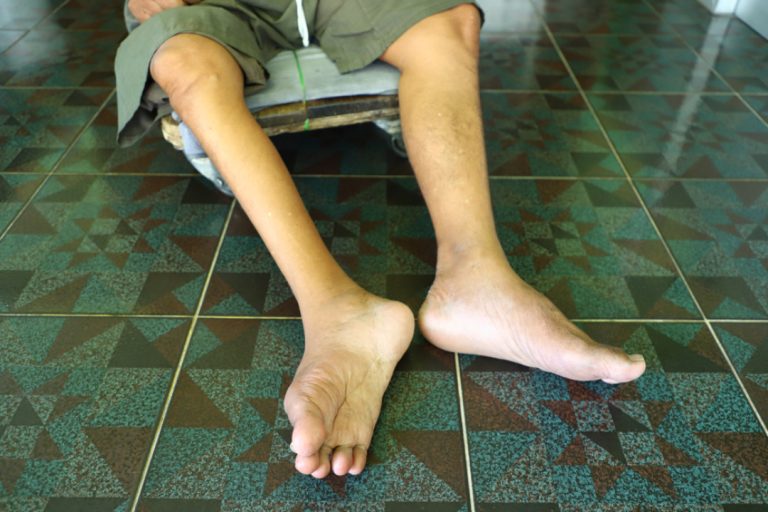
In 1991, the last case of indigenous polio in the Western Hemisphere occurred in a 5-year-old boy, Luis…

In 1991, Life Sciences BC, a non-profit industry association (LBC) formerly known as BC Biotech, was founded. The…
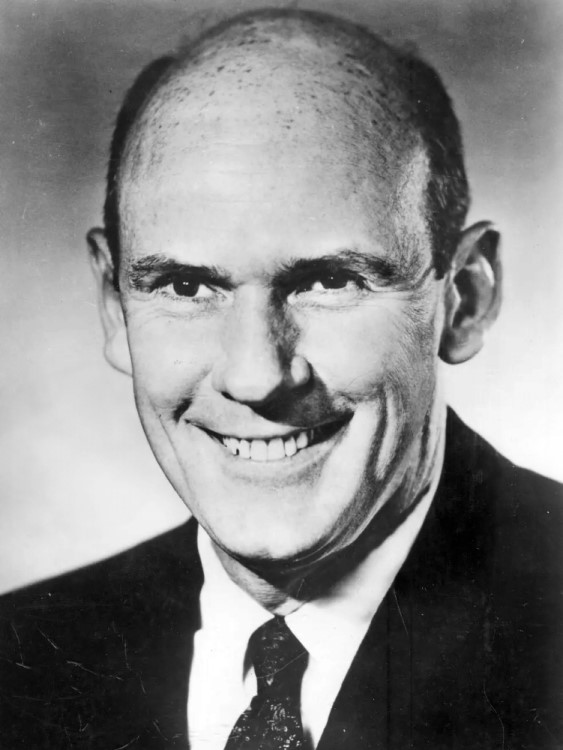
In 1991, U.S. Senator Alan Cranston (D-Calif.) underwent a state-of-the-art procedure at Stanford University Hospital to attack his…
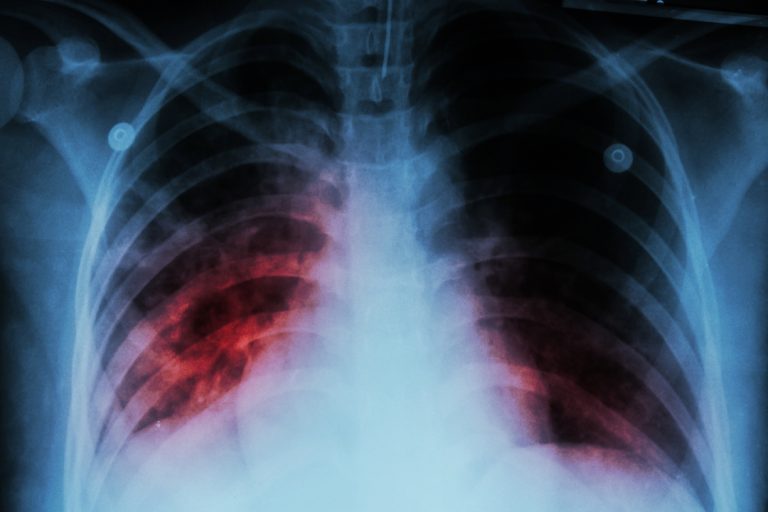
In 1991, a sharp increase of tuberculosis was reported by the U.S. Centers for Disease Control and Prevention…

In 1991, the U.S. Centers for Disease Control and Prevention (CDC) began developing a national strategic plan for…

In 1991, Stoddard Cancer Center, now part of UnityPoint Health, opened at Iowa Methodist Medical Center. In 1990,…
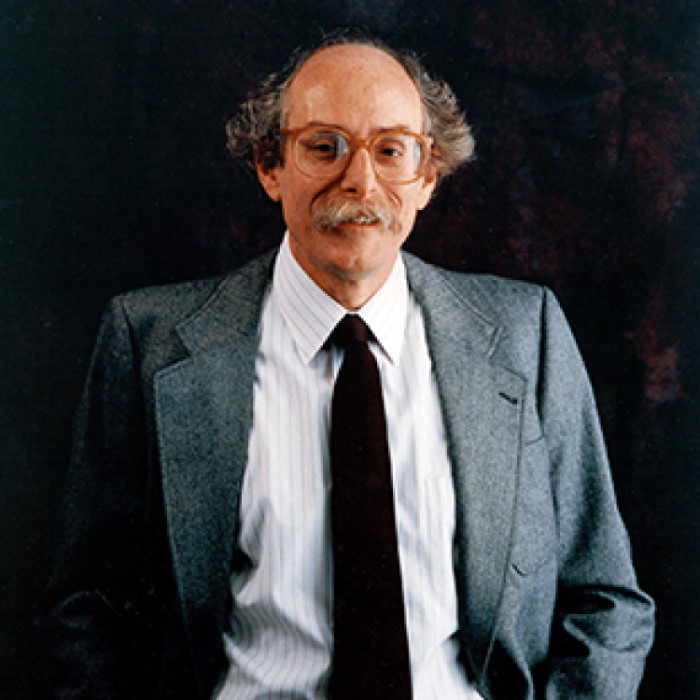
In 1991, The Northwestern University Cancer Center was dedicated through an endowment gift from Ann and Robert H….
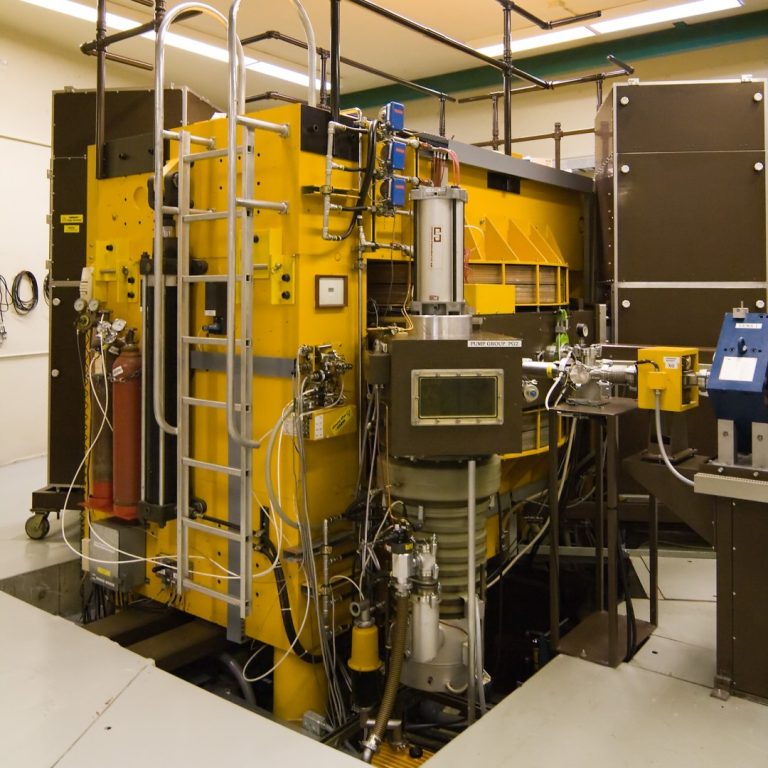
In 1991, the world’s first superconducting cyclotron built to treat cancer was installed at the Gershenson Radiation Oncology…
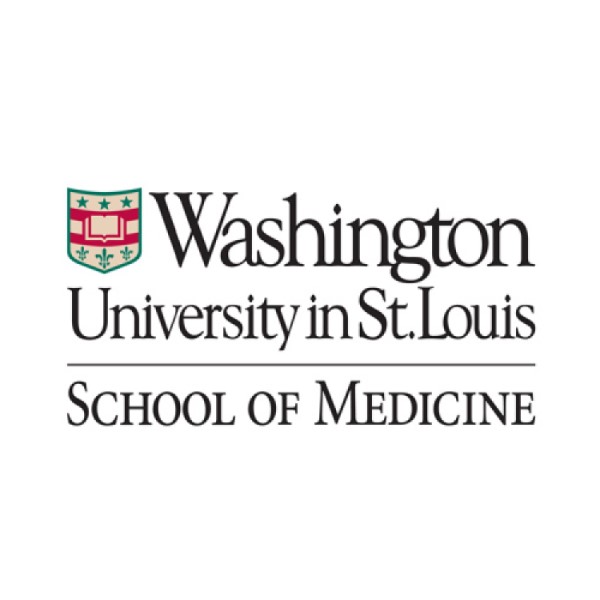
In 1991, the Radiation Oncology Center opened the St. Louis area’s first 3-D treatment planning center, using a…
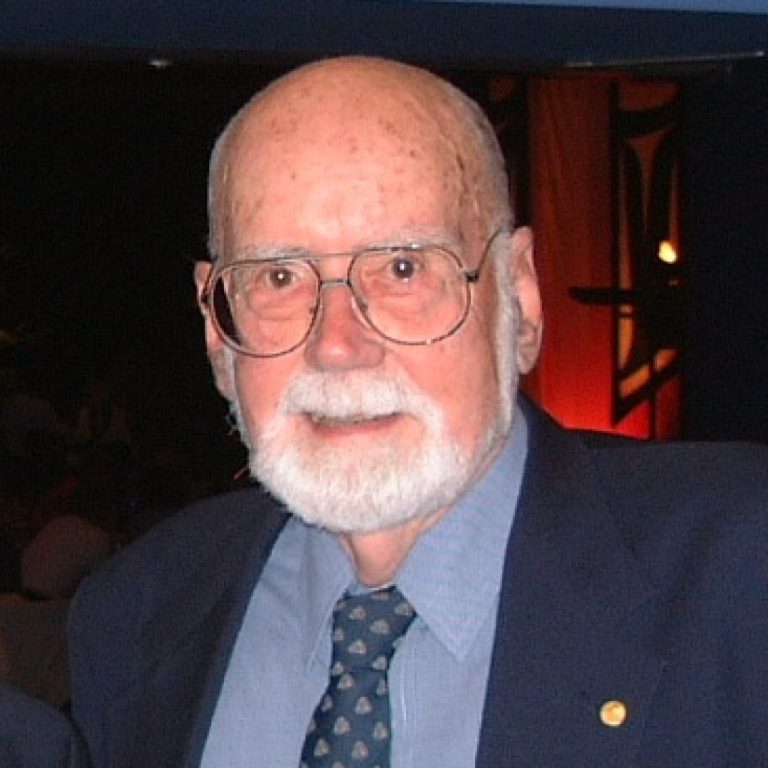
On Dec. 8, 1990, E. Donnall Thomas of the Fred Hutchinson Cancer Research Center and Joseph E. Murray…
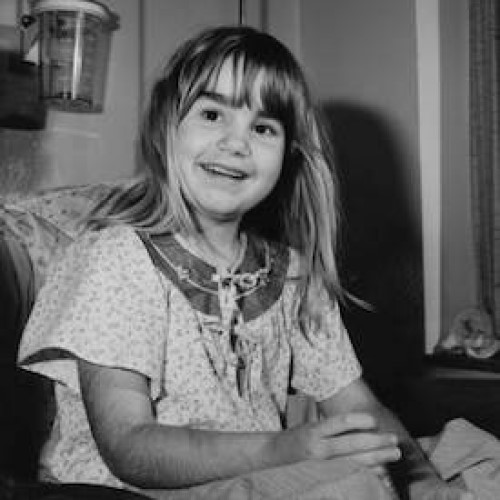
On Nov. 11, 1990, Stormie Jones, the world’s first recipient of a successful simultaneous heart and liver organ…
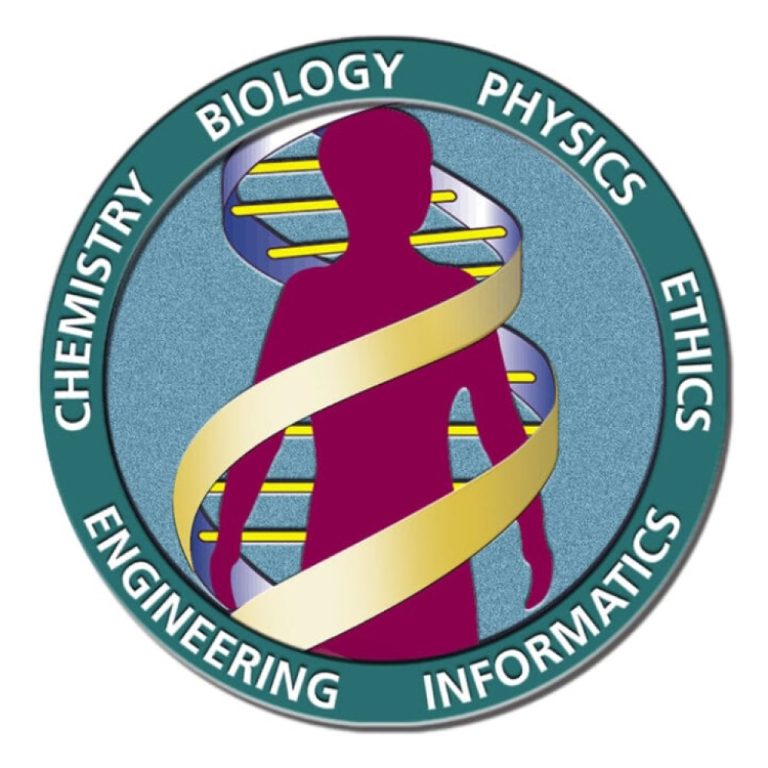
On Oct. 1, 1990, the U.S. Human Genome Project (HGP), a 13-year effort coordinated by the U.S. Department…

On Sept. 15, 1990, The Human Gene Mapping database was established at Johns Hopkins University. The database provides…
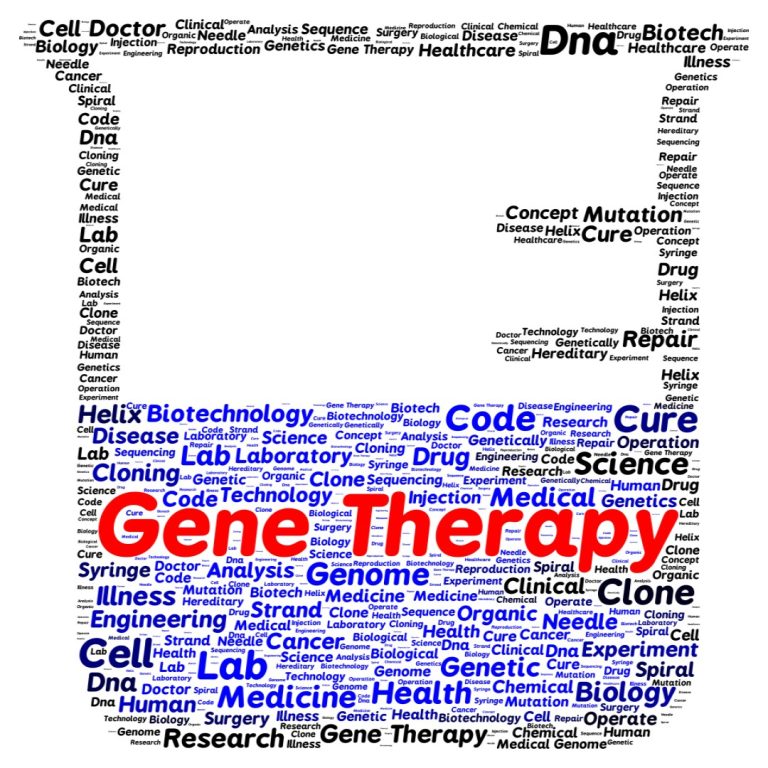
On Sept. 14, 1990, W. French Anderson and his colleagues at the National Institutes of Health (NIH) performed…
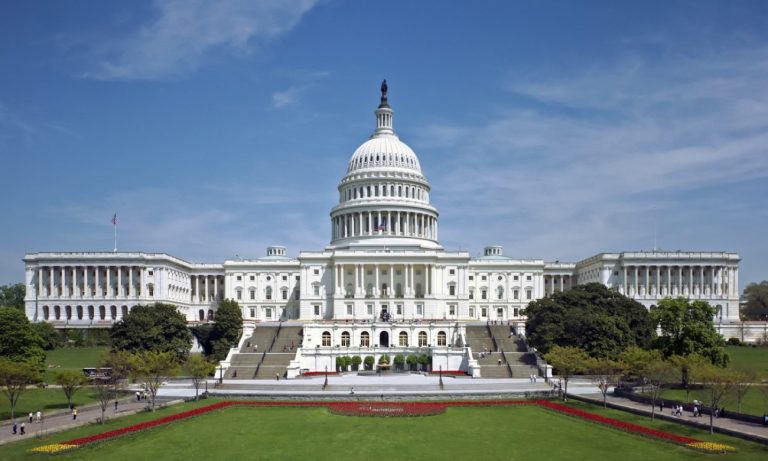
In 1990, responding to increasing illicit traffic, the U.S. Congress passed the Anabolic Steroid Act, which identified anabolic…
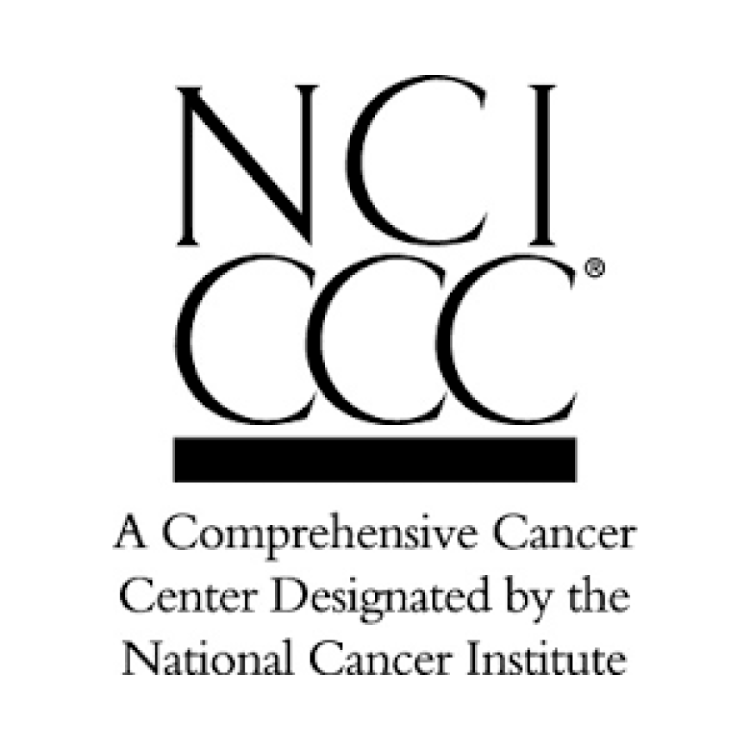
In 1990, The University of Arizona Cancer Center (UACC) received Comprehensive Cancer Center status from the National Cancer…
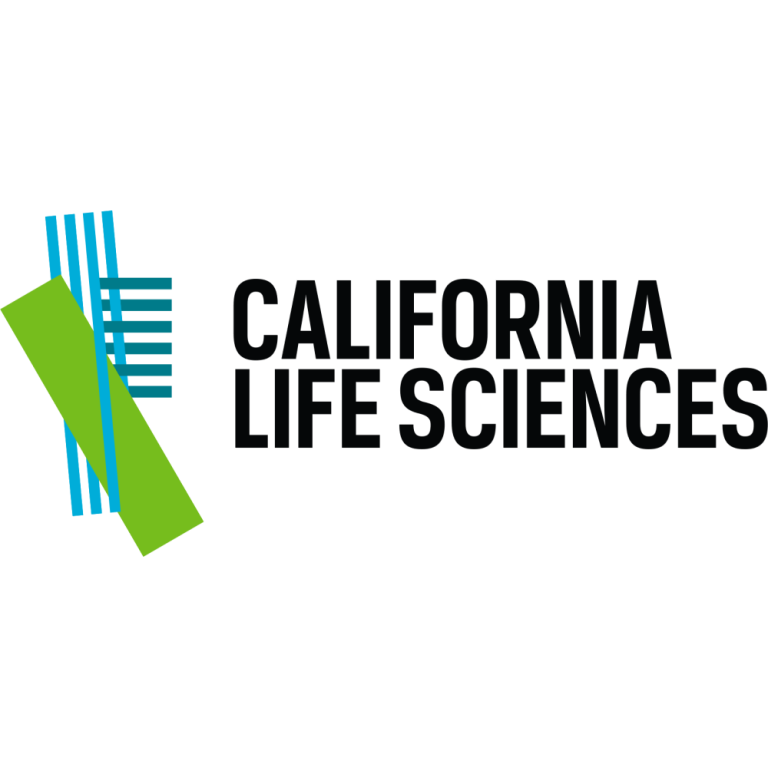
In 1990, BayBio, a non-profit 501(c)(3) organization headquartered in San Francisco, was founded by a consortium of universities,…
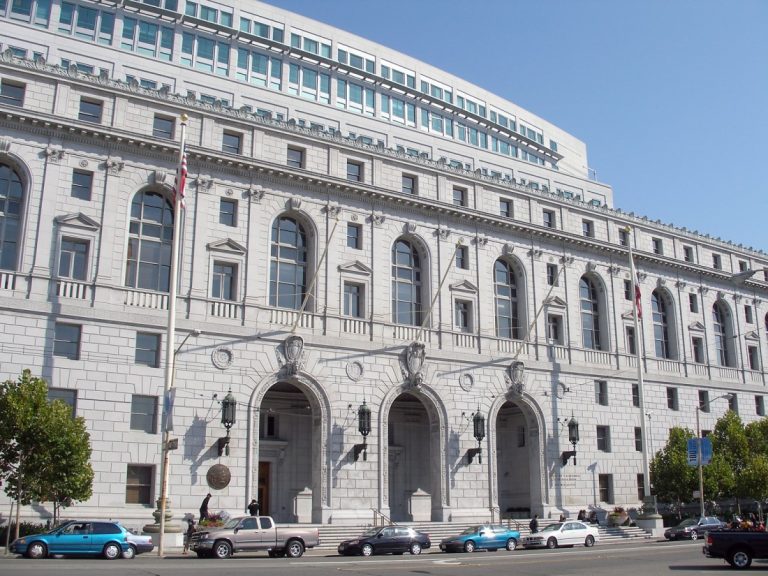
In 1990, the California Supreme Court rules in the case involving Seattle’s John Moore that a patient does…

In 1990, the U.S. Centers for Disease Control and Prevention (CDC) developed guidelines for Telecommunications Systems for Surveillance,…

In 1990, the U.S. Centers for Disease Control and Prevention (CDC) reported a large outbreak of of nosocomial…

In 1990, The Whitehead Institute/MIT Center for Genome Research (WICGR) was founded. The institute soon became an international…

In 1990, the National Institutes of Health (NIH) established a Human Genome Center at Washington University School of…

In 1990, the Cancer Center of Wake Forest University (CCCWFU) in Winston-Salem received National Cancer Institute (NCI) comprehensive…

In 1990, the Lineberger Comprehensive Cancer Center at the University of North Carolina (UNC) at Chapel Hill received…

In 1990, the University of Pittsburgh Cancer Institute received National Cancer Institute (NCI) Comprehensive designation. The University of…
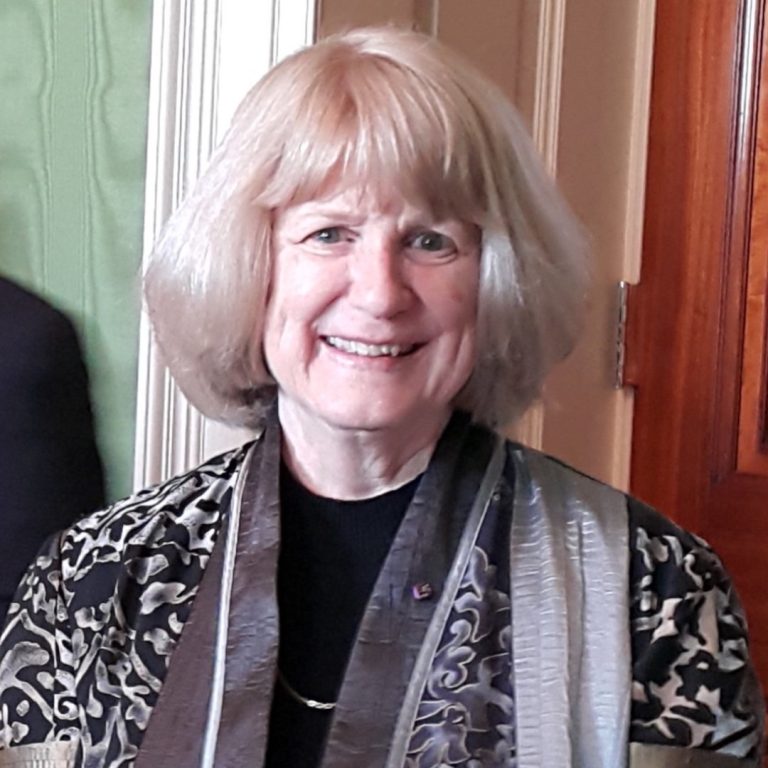
In 1990, Geneticist Mary-Claire King and her colleagues at the University of California, Berkeley (UC Berkeley) discovered BRCA1,…

On Dec. 29, 1989, the U.S. Food and Drug Administration (FDA) approved Oculinum’s (onabotulinumtoxinA) for treatment of strabismus…
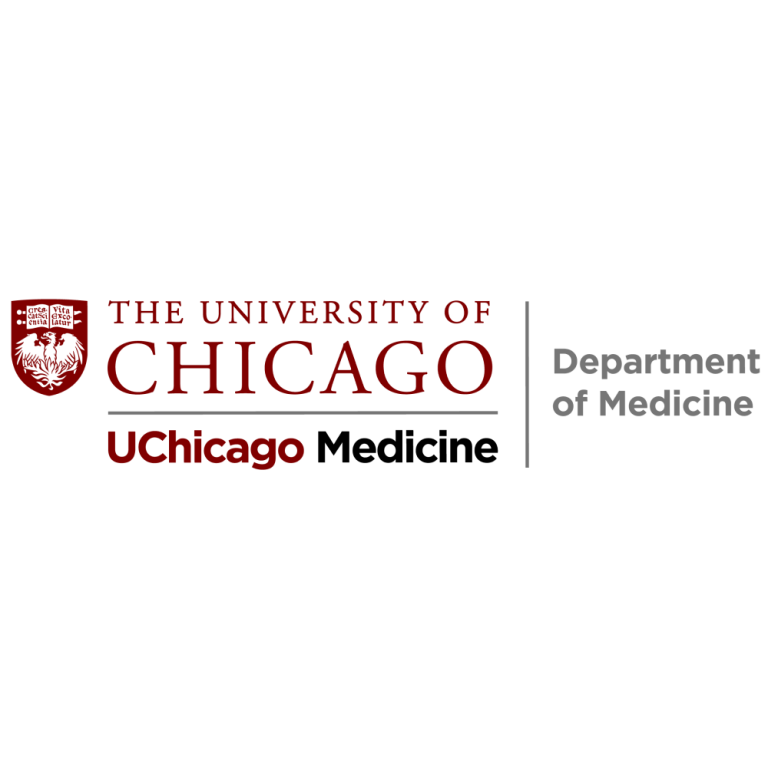
On Nov. 27, 1989, a surgical team at the University of Chicago Medical Center performed a live donor…
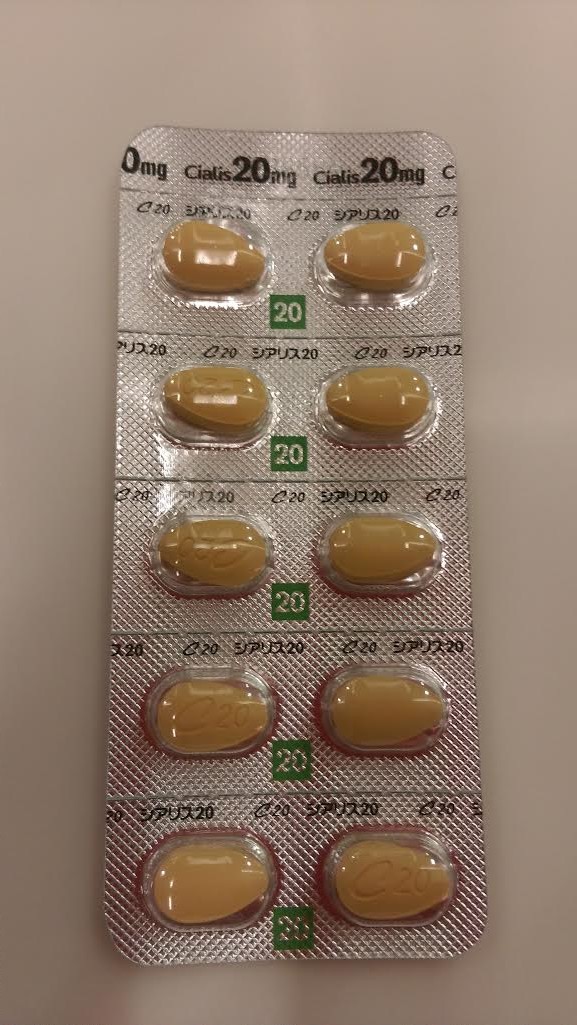
On Oct. 10, 1989, ICOS Corp. was founded by Robert Nowinski, Christopher Henney and George Rathmann with $33…
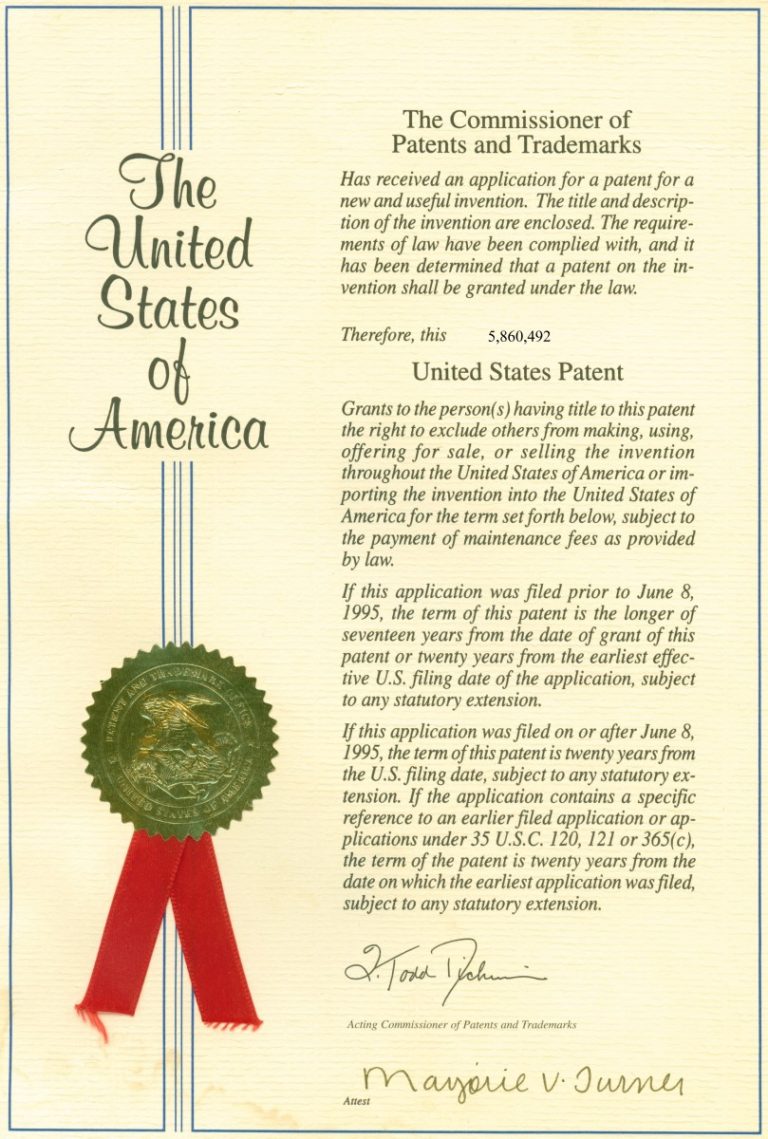
On Oct. 10, 1989, Ohio University (OU) announced that it had received a patent for a genetic engineering…